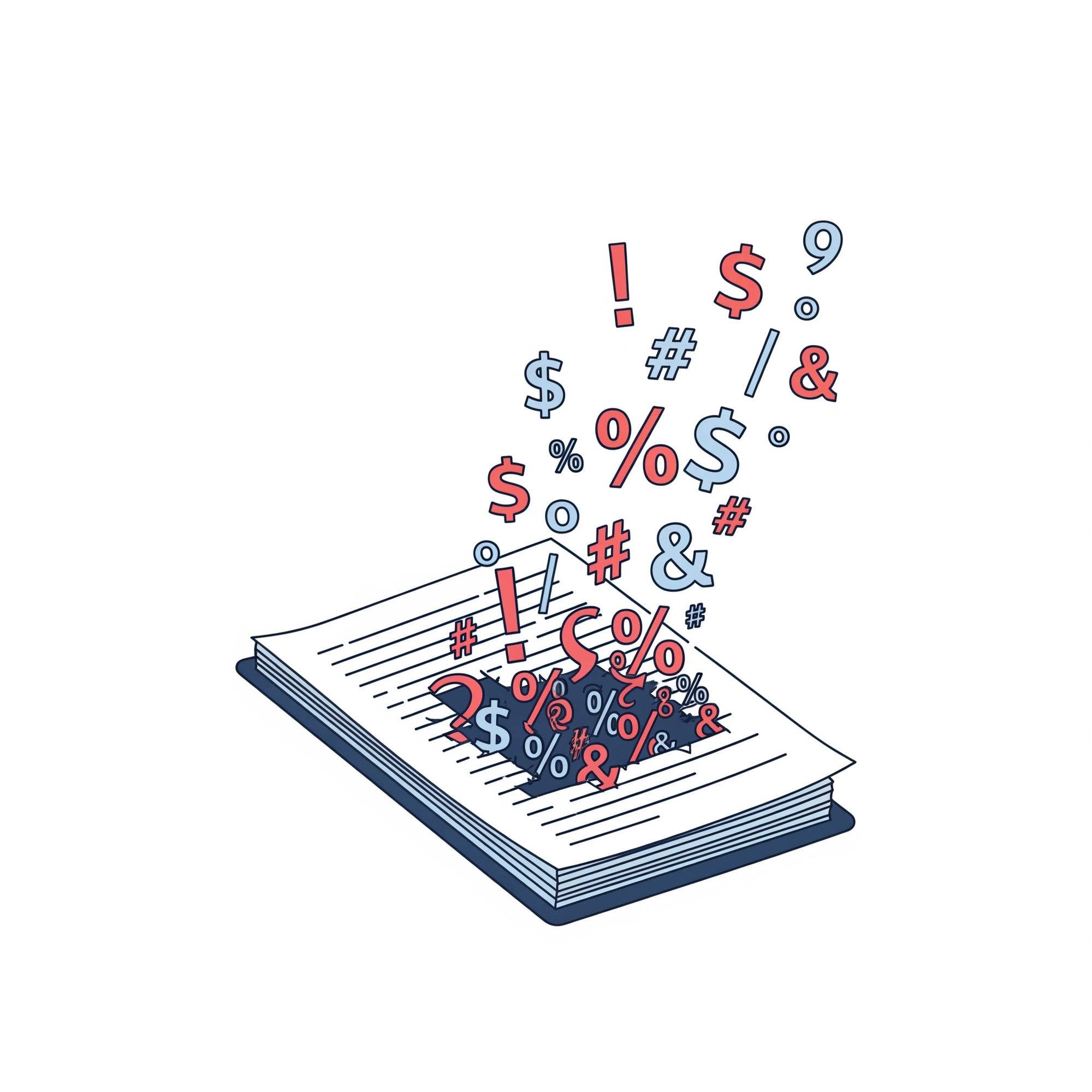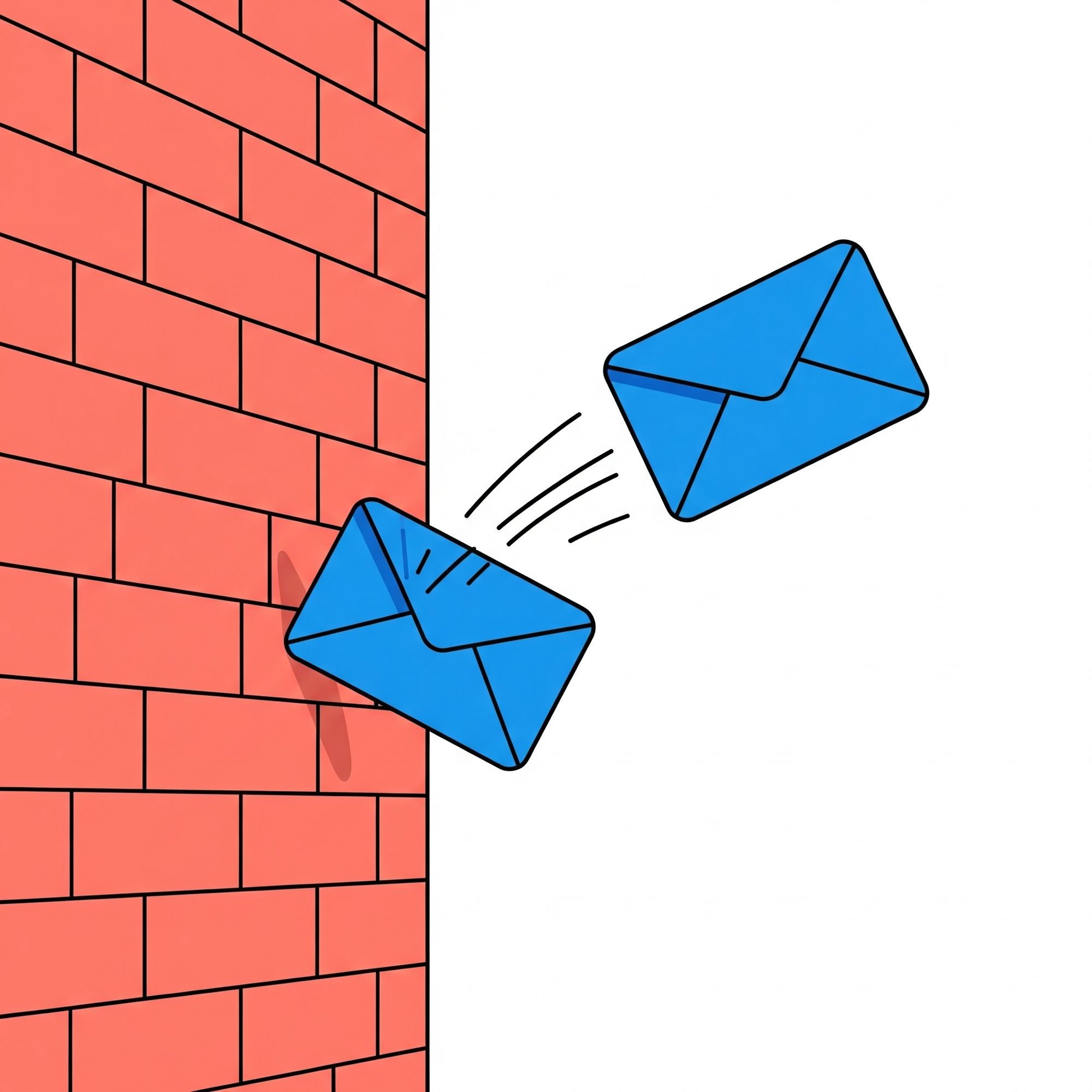I've spent countless hours diving into the nitty-gritty of what makes an email land in the inbox. One of the most common, yet surprisingly complex, areas of confusion is email address syntax. You might think an email address is just a name, an @ symbol, and a domain. But the reality, governed by a document called RFC 5322, is a lot more...flexible. And that flexibility, my friends, is where the trouble begins.
So, let's talk about special characters in email addresses. What's technically allowed, and more importantly, what will a real-world inbox provider actually accept?
The Rulebook: A Quick Look at RFC 5322

The Internet Engineering Task Force (IETF) created RFC 5322 to standardize the format of email messages. It's the official rulebook, and it's surprisingly permissive about the characters you can use in the local part of an email address (the bit before the @ symbol).
RFC 5322 defines a set of characters called "atext" which are perfectly fine to use. This includes your standard letters (a-z, A-Z) and numbers (0-9), but also a host of special characters:
`! # $ % & ' * + - / = ? ^ _` { | } ~`
On top of that, the RFC allows for "quoted strings". This means you can enclose the local part in double quotes and include even more characters, like spaces, and even an @ symbol (though that's a recipe for confusion). For example, `"John Doe"@example.com` is technically a valid email address according to the RFC.
But here’s the crucial takeaway: just because it's in the rulebook, doesn't mean it plays out in the real world.
The Reality Check: How Major Email Providers Handle Special Characters
This is where theory crashes into practice. While RFC 5322 provides a broad framework, individual email providers have their own, much stricter, rules. They do this to simplify their systems, reduce security risks, and prevent user confusion. Let's break down how the big players handle this.
Gmail: Dots Don't Matter, but Some Characters Do
Google's approach with Gmail is interesting. They famously ignore periods (`.`) in the local part of an address. So, `john.doe@gmail.com`, `johndoe@gmail.com`, and `j.o.h.n.d.o.e@gmail.com` all go to the same inbox. This is a deliberate feature to help users consolidate their email identity.
However, Gmail is not a free-for-all when it comes to other special characters. You can't create a Gmail address with many of the special characters that RFC 5322 allows, such as `&`, `=`, `_`, `'`, `-`, `+`, or `,`. They also have rules about where you can place the characters they do allow. For instance, you can't have consecutive periods.
Yahoo Mail: Playing it Safe
Yahoo tends to be more restrictive than the RFC standards. While you can use letters, numbers, and underscores (`_`), you'll find that many other special characters are a no-go when creating a new Yahoo email address. They often reject addresses with less common special characters, even if they are technically valid under RFC 5322. This conservative approach is designed to minimize potential issues and ensure broader compatibility.
Outlook.com (formerly Hotmail): A More Structured Approach
Microsoft's Outlook.com allows for a bit more flexibility than Yahoo, but still less than the full scope of RFC 5322. You can use letters, numbers, periods (`.`), hyphens (`-`), and underscores (`_`) in your Outlook.com email address. However, there are restrictions. For instance, you can't use these special characters at the beginning or end of the local part of your address.
A handy feature that Outlook.com shares with Gmail is the use of the plus sign (`+`) for sub-addressing (also known as "plus addressing"). This allows you to create variations of your email address for different purposes, like `myname+newsletters@outlook.com`, which will still deliver to your main inbox. It’s a great way to filter incoming mail.
The Deliverability Downside of "Creative" Email Addresses

So, why does all this matter to you as a sender? Because sending to an email address with an unsupported special character can have serious consequences for your email deliverability.
- Hard Bounces: If you try to send an email to an address that a provider deems invalid due to its syntax, it will result in a hard bounce. This is a clear signal to mailbox providers that you might not be maintaining a clean email list.
- Damaged Sender Reputation: A high bounce rate is a major red flag for Internet Service Providers (ISPs). It can significantly damage your sender reputation, making it more likely that your future emails will be filtered into the spam folder, even for valid addresses.
- Spam Filter Scrutiny: Even if a provider technically accepts an email with an uncommon special character, it might still be viewed with suspicion by spam filters. These filters are designed to spot anomalies, and an unusual email address format can be a trigger.
For a deeper dive into the technical standards of email syntax, I'd recommend checking out the official
RFC 5322 documentation. For practical tools to check email validity, resources like our free
email tester can be invaluable.
And, of course, for a comprehensive understanding of how these nuances impact your overall email strategy, our team at Suped has compiled a wealth of information. You can learn more about what special characters are allowed in email address syntax according to RFC 5322 and how different email providers handle them on our
dedicated answers page.
The Bottom Line: Validate, Validate, Validate
The key takeaway here is that while the technical standards for email addresses are broad, the practical application is much narrower. Relying solely on RFC 5322 for your email validation is a recipe for deliverability problems.
The best practice is always to err on the side of caution. Stick to alphanumeric characters, and perhaps a period or hyphen if you must. And most importantly, use a robust email validation service to clean your list before you send. This will help you remove invalid and risky email addresses, protect your sender reputation, and ultimately, ensure your messages reach their intended recipients.





